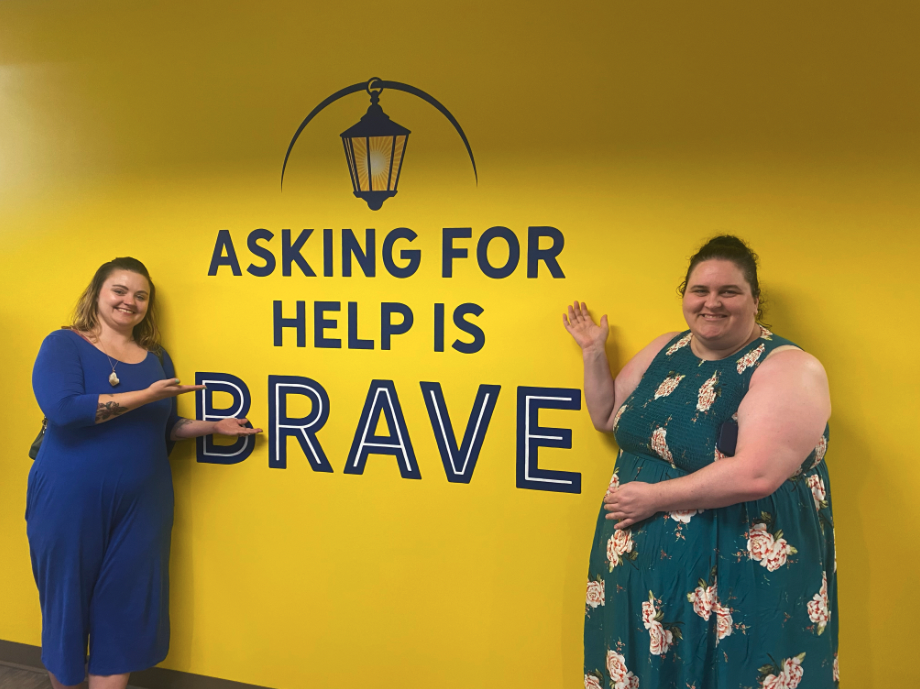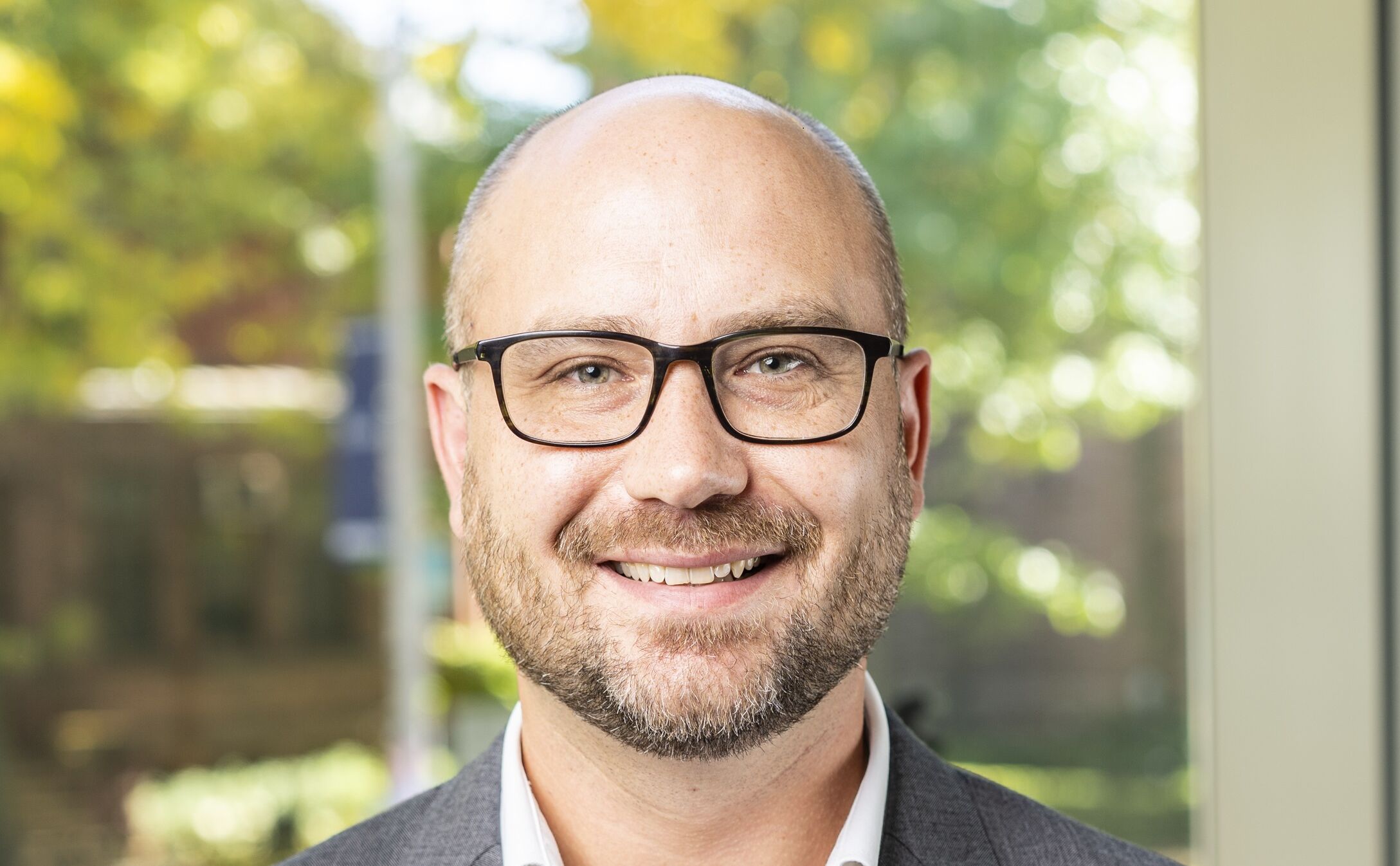No front door: 47 per cent of Canada's largest grantmakers have no website
Why It Matters
Some of Canada’s largest foundations offer little transparency to the public beyond what’s expected by federal regulators. Several fundraisers and experts say that’s an equity problem.

Robyn Schwarz is a fundraiser on a deadline.
She’s trying to raise about $30,000 from sponsors by mid-November to help a charity host an event celebrating community leaders in southwestern Ontario.
Raising money is never easy. But Schwarz, co-founder of a charity consulting firm, said something is making it tougher than it needs to be: a lack of funder transparency.
Based in Cambridge, Ont. Schwarz said she knows there are foundations in Toronto and beyond that would want to support the charity’s upcoming event.
It will feature a blockbuster keynote and raise funds for a grassroots organization to provide culturally inclusive mental health services.
The trouble is, funders can be tough to find, she said.
New data published today may help to explain why.
An analysis completed by Future of Good and social research firm QuakeLabs found 47 per cent of Canada’s 500 largest grantmakers do not have a website.
The research, completed as part of the duo’s Top 50 Equitable Funder ranking, analyzed foundations with assets ranging from $30 million to $39 billion.

Foundations that raise funds only for a related organization, such as healthcare or university foundations, were dropped from the analysis. Of the resulting 297 foundations, just 53 per cent (156 funders) had a website.
It found transparency lacking in other areas, too.
Of the country’s largest grantmakers with a website, 64 per cent do not publish an annual report, and 39 per cent do not publish the names of executive staff, according to the research.
Such disclosures are not required by law. However, several fundraisers and sector experts say greater transparency would increase equity between grant seekers and may also help inspire more giving.
Why no website?
The largest of the country’s grantmakers to eschew a website is the Rossy Foundation, the Montreal-based family foundation of former Dollarama CEO Lawrence Rossy.
In 2023, the foundation had assets of $1.1 billion.
While many grantmakers list a foundation phone number or email address accessible via the Canada Revenue Agency’s charity search portal, the Rossy Foundation does not.
Future of Good contacted the foundation to inquire why the organization does not have a website but did not receive a response.
Michael Todd, a consultant who works with major donors, said some foundation board members may choose not to have a website to avoid being contacted by charities requesting support or to keep a lower profile.
But more commonly, he said, many benefactors likely haven’t considered creating a website, viewing their foundation as simply a vehicle for their family’s giving.
“I think for some of them, it’s just not even a consideration,” he said. “Not in a negative sense, it’s just they wouldn’t see the point.”
Many of the country’s largest foundations without a website are private foundations.
Jean-Marc Mangin, head of Philanthropic Foundations Canada said the association encourages members to have a website.
However, some choose not to, as publicizing their efforts is not a priority, he said.
“Private foundations typically do not fundraise, and so they have traditionally focused their attention and resources to the issues and organizations supported.”
Equity upside?
However, philanthropy consultant Rebecca Darwent said there could be a significant equity upside to greater transparency.
Research has shown that Black and Indigenous-led charities get far less grant funding respectively, than would be expected on a per-capita basis.
Darwent said increased transparency can help to reduce such gaps.
“We don’t have a resource problem, we have a resource distribution problem,” she said.
“It’s hard to distribute funds to new people and new players if they can’t find you.”
Schwarz agreed, noting that charities outside of larger city centres and those whose staff or board do not come from wealth face additional barriers in finding donors.
“Leaders have no idea how to connect with these foundations because there is nowhere to go,” she said.
Without a website, fundraisers and charities can search for foundations using the CRA’s charity portal, CharityData.ca, or subscription-based tools like Imagine Canada’s GrantConnect.
However, Micheal Shier, a University of Toronto professor who has studied charities, said organizations don’t always know about the CRA’s portal and that reviewing it can be time-intensive.
Schwarz added that grassroots charities don’t always have the money for GrantConnect, where an annual subscription costs about $630.
Do foundations have a ‘responsibility’ to be more transparent?
In addition to the potential equity upside of increased transparency, Shier said that given donors receive tax deductions to establish foundations, greater transparency should be expected.
“You are taking tax dollars that could have been allocated in a different way,” he said. “You should be open about that—that this is something you’re involved in to help promote the wellbeing of the population.”
While foundations must provide annual information about their assets, grants, and expenses, they are not required by law to have a website or to provide public contact information for the foundation.

However, while many meet only this minimum, others go well beyond.
In Future of Good and QuakeLabs’ ranking, the Calgary Foundation received top marks for transparency.
The community foundation received points for including information about its investment portfolio on its website, guiding documents such as annual reports, strategic plans, and DEI statements, and the names of staff, board, and committee members.
Calgary Foundation CEO Eva Friesen said such disclosures have been standard for many years.
“We just think that that’s part of our transparency to community [to show] whose here, working on their behalf,” she said.
Friesen said some foundations may choose to be more discreet about the names of their volunteers, fearing they’d be lobbied for grants.
But that hasn’t happened much to Calgary Foundation committee members, she said.
The foundation also equips staff and volunteers to handle such conversations if they do arise, she added.
Could more transparency drive more giving?
Friesen said increased transparency has also inspired more giving.
While many community foundations do not publish the names of their donor-advised funds or the grants distributed from them, the Calgary Foundation does.
Friesen learned the importance of this practice one year shortly after she joined the organization as CEO.
That year, Friesen approved a staff recommendation not to publish detailed DAF information in the foundation’s annual report because it required too many staff hours.
In the weeks following, however, Friesen was greeted in her office by a furious new DAF holder, the late Fran Lefaivre.
“He said to me, ‘For years, I’ve watched my neighbour, Mr. Shapiro, with his fund in the report and all the grants he makes, and I’ve said, ‘I want to be like him.’ And the year I start my fund, you stop printing,” she recalled.
Realizing the practice’s value for inspiring giving, the foundation apologized to Lefaivre, reprinted the annual report with donation details, and will include the practice moving forward, Frisen said.
“I say to my team now, if we ever quit the ghost of Fran Lefaivre will haunt them,” she said with a smile. “We will never stop printing that.”
Transparency: An ‘accelerant’ for inclusion?
Seeking to hit her client’s fundraising target by mid-November, Schwarz is pulling out all the stops.
In recent weeks, she’s attended events to speak with prospective donors, contacted donors who have supported similar initiatives in the past, and written grant applications.
But Schwarz said she hopes foundations will view the Top 50 Equitable Funder ranking as a prompt to boost their transparency to make similar efforts easier in the future.
Future of Good CEO Vinod Rajasekaran said celebrating good work and inspiring action is what the ranking was all about.
“Deep down, we believe that transparency can be a key accelerant in the journey to equity and inclusion,” he said.
